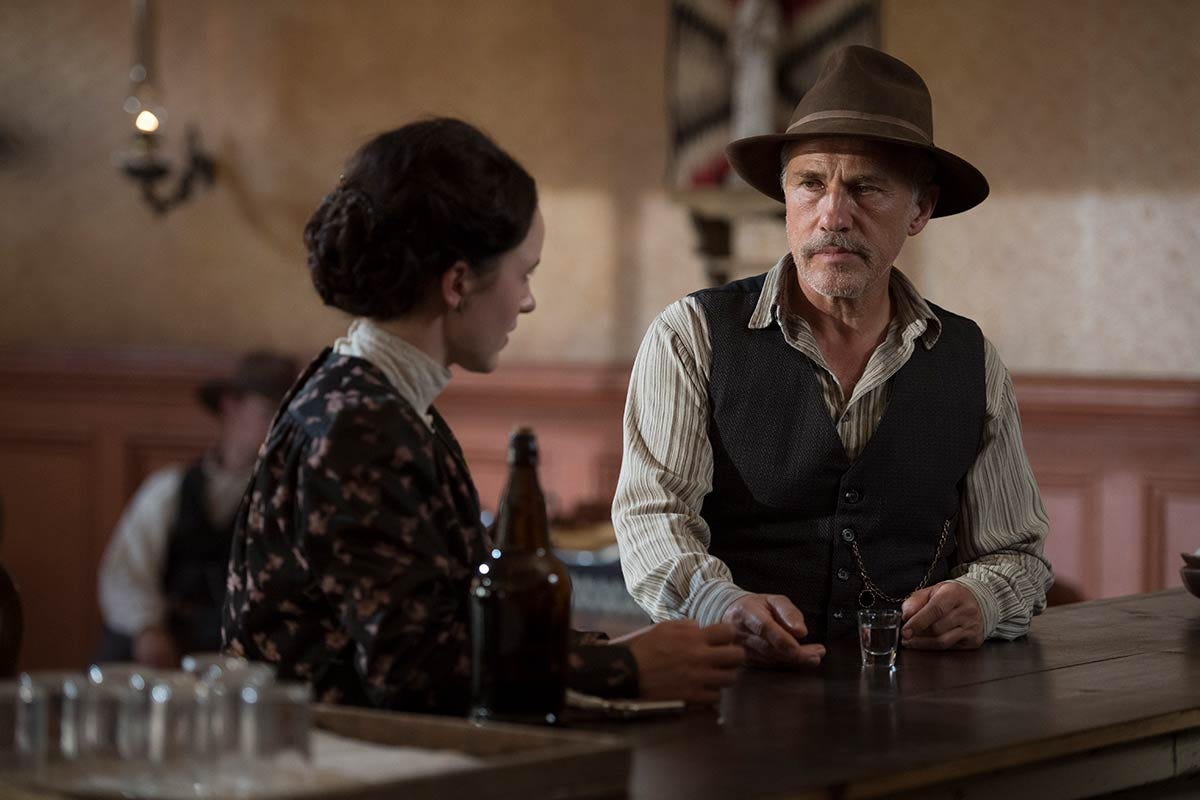Walter Hill, Bergman safaris, and more
Yesterday evening at a film critic mingle party some of us were discussing our relationship to writing. Some hated it, some enjoyed it. For me, it’s more of an urgent need. I have to write and hence I do it all the time, for myself or for publication in one form or another. I’ve maintained a film blog since 2005 for example. Now I have a Substack account as well, which is something I’ve been thinking of for a few years. The aim is to have this as a complement to the blog. The blog (fredrikonfilm.blogspot.com) has for the last ten years or so been more of an academic blog, with posts based on research, with references and such, and posted according to a strict schedule. I want this to be more informal and spontaneous, more impressionistic. We’ll see how it develops. I’ll keep if free for everybody for now.
Yesterday’s event was to celebrate that the Swedish film journal Flm turns 15 this year. It’s a wonderful journal, very ambitious, and I’m happy to have been able to contribute to it. It was also one of several film-related events I’ve been attending in the last five days. I’ve been to a Nan Goldin exhibition, consisting of six different screenings of her work, not as still images framed on a wall, but put together and shown as films of either only still images or still images combined with moving images. That was at the Museum of Modern Art in Stockholm. I’ve also seen four films at the Stockholm International Film Festival and had dinners with international film critics, complete with a Bergman safari in downtown Stockholm. (Maybe tour guide could be added to my CV.) It’s been great fun, and inspiring in different ways.
The title of this post is “Walter Hill, Bergman safaris, and more” and the Walter Hill part comes from the fact that one of the four films I saw was his new western Dead for a Dollar, a wonderful film with Christoph Waltz, Rachel Brosnahan, Willem Dafoe, and Warren Burke. While not Hill’s best film by any means, it was still good enough and I look forward to seeing it again. It was, to use an unclear term, old-fashioned, a western unbothered with being self-referential, ironic, or nervously implicitly saying “I can’t believe we’re making a western, isn’t it silly?” That’s not for Hill; he’s not embarrassed with what he’s doing as so many mainstream films/filmmakers seem to be these days. That’s what makes the film old-fashioned, and one reason I liked it so much. Another thing I liked about it is that I was genuinely curious how it would end, and which characters would live and which would die.
Walter Hill is 80 years old, and it’s a source of immense joy that he is still able to make films, and make good ones too, in an often depressing American cinematic landscape.
Speaking of old, Cormac McCarthy is 90 years old and he has two new books out this year: The Passenger and Stella Maris. I haven’t read them yet, but I intend to. Doesn’t Hill seem like a suitable person to do an adaptation of a book by McCarthy? It’s a pity he hasn’t.
And speaking of books, there have been (at least) two new books about Hill published this year, Walter Hill: The Cinema of a Hollywood Maverick by Wayne Byrne and The Films of Walter Hill: Another Time, Another Place by Brian Brems. I look forward to reading them later this year, as soon as I get my hands on them. (In 2016 wrote about Hill here.)
It wasn’t just Walter Hill I reacquainted myself with this weekend but also Hong Sang-soo. Like McCarthy, Hong too has two new releases this year, The Novelist’s Film and Walk Up. I saw them both on Sunday, and I liked them a lot. They’re rather straightforward, more so than is often the case with Hong, and shot in black and white. If you’re familiar with Hong, you will recognise him. If you’re not familiar, they’re good starting points. To me they’re addictive. Which brings us to yet another book. Dennis Lim has written one about Hong, Tale of Cinema, recently published. I aim to read that too in the near future. I might even end up writing about it here. Stay tuned.



